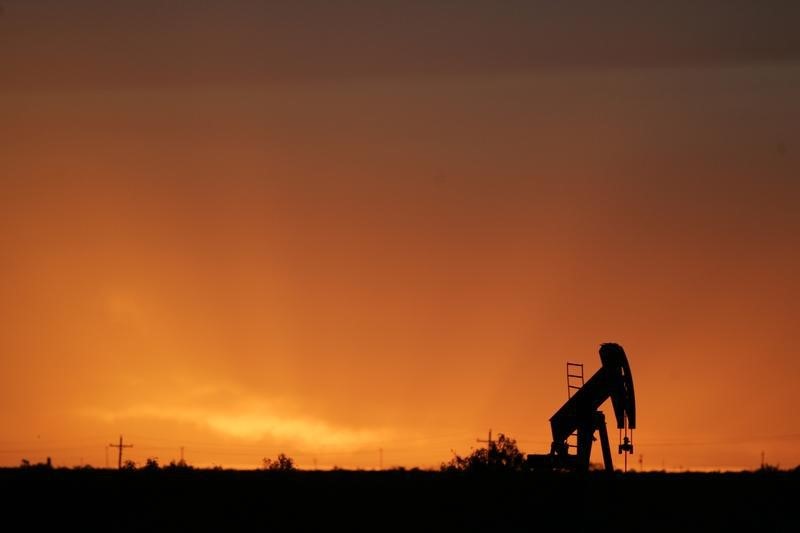(Bloomberg) -- Oil forecasters have parted company on their views about demand in the coming months, as the omicron variant of the Covid-19 virus spreads rapidly around the world. And producers have emerged as the surprising bulls in the latest round of estimates.
The International Energy Agency, the U.S. Energy Information Administration and the Organization of Petroleum Exporting Countries have all updated their oil market forecasts for the period to the end of next year. Each is trying to get to grips with the impact of the latest coronavirus strain, identified only in late November and already accounting for 20% of confirmed cases in England.
One change stands out: their view of oil demand in the first quarter of 2022.
While rising case numbers and international travel restrictions have led the IEA and EIA to cut their estimates of consumption through March, OPEC is on a very different path. Its forecast for the current quarter remains unchanged from the one it published a month ago, while its outlook for the start of 2022 has been revised upward by 1.1 million barrels a day.
OPEC places its more optimistic outlook on the assumption that the impact of the omicron variant on oil demand will “be mild and short-lived, as the world becomes better equipped to manage Covid-19 and its related challenges.”
The producer group sees demand growth underpinned by “a steady economic outlook in both the advanced and emerging economies,despite current inflation and supply chain bottlenecks, ongoing trade issues and their impact on industrial and transportation fuel requirements.”
While the jump in OPEC’s forecast of the level of global oil demand in the first quarter of next year is big, it is really driven by changes made to the group’s assessment of the level of demand a year earlier, in the first three months of 2021.
Upward revisions to those figures — led by increases in estimates of consumption in China and other non-OECD Asian countries, excluding India — combined with steady levels of year-on-year growth, result in the observed jump in demand at the start of next year.
At 5.3 million barrels a day, OPEC’s view of first quarter 2022 global oil demand growth is now very close to the 5.34 million barrels forecast by the EIA. While the U.S.-based agency cut its forecast of demand for the same period by 550,000 barrels a day, it made an even bigger reduction of 700,000 barrels to its estimate for the first quarter of this year. As a result, its forecast of year-on-year demand growth over the three months from January actually increased.
The International Energy Agency is alone in slashing its outlook for both the level of demand in first-quarter 2022 and year-on-year growth. It cut its forecast of total oil demand in the first three months of next year by 630,000 barrels a day, almost all of it in the form of jet fuel/kerosene, which it reduced by nearly 600,000 barrels in response to “revised flight schedules and reported booking cancellations.”
That view may start to look overly pessimistic in light of Tuesday’s decision by the U.K. government to end quarantine requirements for travelers arriving from 11 countries in southern Africa, which it has now deemed as ineffective in halting the spread of the omicron variant. That U-turn could result in a pick-up in flights over the holiday period.
©2021 Bloomberg L.P.

